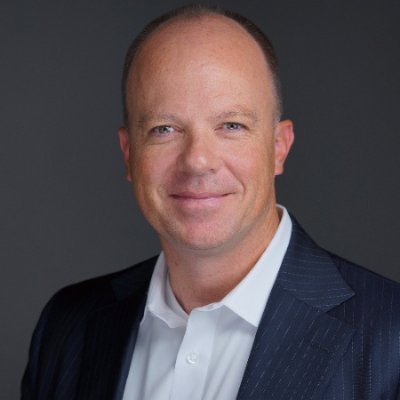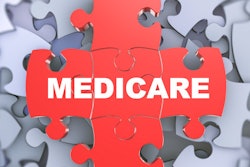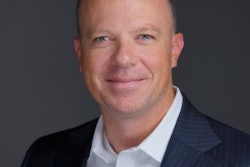
It's a new year, and the pandemic is still with us. Yet some things go on as usual in our dental practices, such as insurance billing. Dental plans change costs, coverage, and policies, and understanding how things work can be challenging for most busy dentists and their business team.
Part of the problem is that standalone dental plans are quickly changing. The indemnity plan that predominated in the 70, 80s, and 90s is now almost extinct. Furthermore, standalone dental payers may lose territory as more health plans offer dental benefits.
 Dr. James Anderson.
Dr. James Anderson.In a June 2020 survey from consulting firm West Monroe, one-third of respondents said that dental payers' market share would fall from around 97% in 2020 to 90% by 2025, and 20% said that market share would drop below 85%. To stay competitive, 54% of dental plans expect to partner with a health insurer by 2025, and 46% plan to bundle benefits in that same time frame.
The landscape is changing, but dental insurance coverage is not going away. To stay competitive and be paid for every penny you have earned, you must stay ahead of the changes.
Delta Dental, the nation's largest provider, covers about 80 million people in the U.S. along with the largest network of dental providers. Studies show that more people seek regular dental care if they are covered by a dental plan or a dental provision in their healthcare policy. Most people believe dental coverage saves them money and is valuable, especially if it's paid for by their employer.
For most patients, dental plans reset when the clock struck midnight on January 1, 2021. If 70% to 100% of your patients have a dental plan, that number represents a substantial part of your income.
As the new year gets underway, take the following four steps to help your patients connect to your practice for all their dental needs.
1. Reach out to patients
Now is the time to reach out to patients to review the coverage of their benefit plans. If their insurance provider has changed, now is the time to update records -- not when they are standing in front of you at the desk.
Show patients their annual maximum, what treatments are covered, and how often treatments are covered during the year. Are there any limitations on coverage or wait periods for treatment that is planned? Is orthodontic care a consideration?
Now is also the time to see how claims are submitted and paid. Patients will appreciate planning for anticipated care, coverage, and out-of-pocket costs.
2. Be proactive and schedule all routine covered hygiene appointments and evaluations
Because most of these services are covered at about 100%, patients can see their plan's value. These visits are crucial to catching dental and nondental issues, such as oral cancer. They can also save patients time and money in the process.
3. Be prepared for patients who have FSA and HSA accounts
For patients who have tax-advantaged flexible spending accounts (FSA) or health savings accounts (HSA), note it in their charts and ask if these benefits are still available to them.
FSA and HSA dollars can be used to cover out-of-pocket dental expenses that are not covered by insurance, such as a much-needed occlusal guard or the coinsurance for a crown. Some patients may have as much as $5,000 in these accounts -- and they forget that it is available for dental work.
4. Give your team training and tools
Ensure that your insurance coordinator or office manager has the training and tools to keep up with dental insurance changes and the merging of dental and medical insurance.
Does your business team know how to bill services on a CMS-1500 medical claim? Are they familiar with ICD-10 diagnostic codes? If you can't keep up, seriously consider outsourcing to insurance billing experts.
Dental and medical insurance (benefits) billing is no longer just a part of the busy office manager position. It is a critical system necessary for positive cash flow and the survival of practices in the new year and beyond.
Dr. James Anderson is a practicing dentist in Syracuse, UT, and is the CEO and founder of eAssist Dental Solutions. He can be reached via email.
The comments and observations expressed herein do not necessarily reflect the opinions of DrBicuspid.com, nor should they be construed as an endorsement or admonishment of any particular idea, vendor, or organization.



















